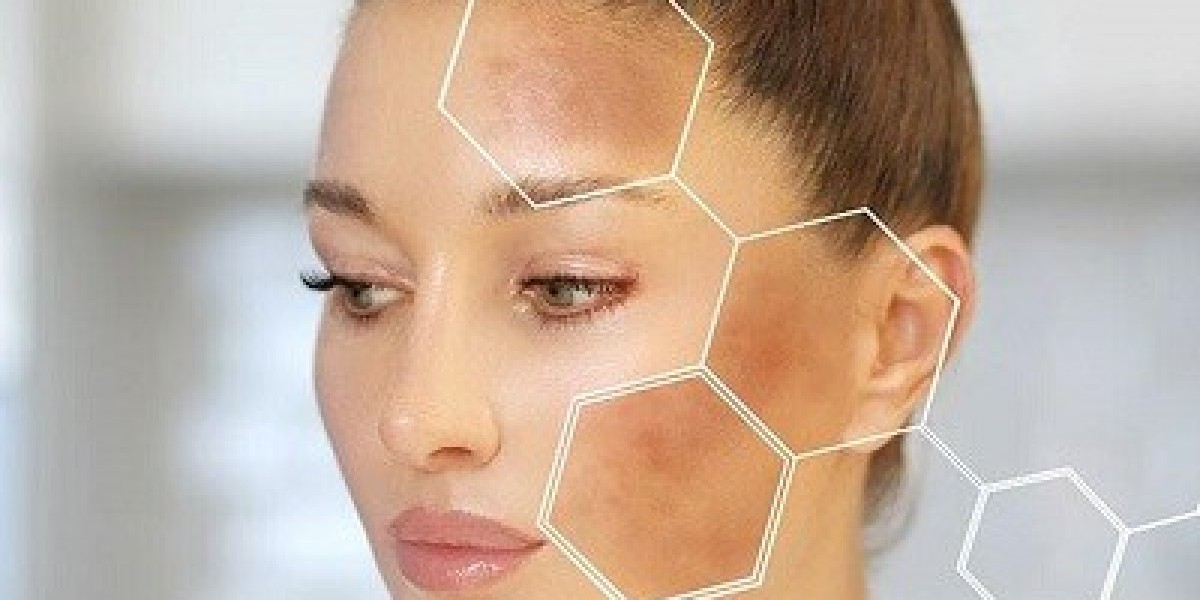Melasma is a challenging skin condition that affects many individuals, especially in regions with intense sun exposure like Islamabad. If you are considering or have already undergone Melasma Treatment in Islamabad, you might wonder: can melasma come back after treatment? This question is common among patients who seek clear, lasting skin but worry about recurrence.
In this detailed guide, we will explore the reasons why melasma may return, how to minimize the chances of recurrence, and what Islamabad dermatologists recommend for effective management and long-term results.
What is Melasma?
Melasma is characterized by dark, irregular patches of hyperpigmentation, primarily on the face—cheeks, forehead, nose, and upper lip. It is more common among women but can also affect men. The pigmentation occurs due to an overproduction of melanin, the skin's natural pigment, often triggered by:
Sun exposure
Hormonal changes (pregnancy, contraceptives)
Genetics
Certain medications and cosmetic products
Why Does Melasma Come Back After Treatment?
Even after successful treatment, melasma can return. Understanding the reasons behind this recurrence can help you manage expectations and take preventive measures.
1. Sun Exposure Is the Biggest Trigger
Ultraviolet (UV) radiation stimulates melanocytes, the cells producing melanin, causing pigmentation to worsen or reappear. Without diligent sun protection, melasma is prone to return.
2. Hormonal Influences
Changes in estrogen and progesterone levels—such as during pregnancy or while taking birth control pills—can reactivate melasma patches, even after treatment.
3. Inadequate Aftercare
Post-treatment care, including moisturizing, avoiding irritants, and daily sunscreen use, is crucial. Neglecting these can cause melasma to come back.
4. Genetic Predisposition
Some patients have a genetic tendency to develop melasma, making complete permanent clearance difficult.
5. Use of Certain Skin Products
Harsh skincare products or unregulated bleaching creams can irritate the skin and stimulate pigment production.
Common Melasma Treatment Options in Islamabad
Islamabad dermatologists offer several treatment modalities tailored to individual needs:
Topical Agents: Hydroquinone, tretinoin, corticosteroids
Chemical Peels: Glycolic acid, lactic acid, salicylic acid peels
Laser Treatments: Q-switched Nd:YAG, fractional lasers
Microneedling: Promotes skin renewal and reduces pigmentation
Oral Medications: Tranexamic acid for resistant cases
Each treatment varies in intensity and duration. Sometimes a combination is used to achieve better results.
Can Melasma Be Cured Permanently?
Currently, melasma is considered a chronic condition that can be controlled but not permanently cured. Treatment significantly reduces pigmentation and improves appearance but maintenance is essential.
The goal of Melasma Treatment in Islamabad is to lighten the dark patches, restore even skin tone, and prevent flare-ups through continuous care.
How Islamabad Dermatologists Help Reduce Recurrence
Dermatologists in Islamabad emphasize a comprehensive approach combining treatment with lifestyle modifications to minimize melasma’s return.
1. Sun Protection Education
Proper use of broad-spectrum sunscreen (SPF 30 or higher) daily, wearing hats, and avoiding peak sun hours are stressed as primary preventive measures.
2. Customized Treatment Plans
Doctors assess skin type, severity, and triggers before recommending treatments, reducing unnecessary irritation that can worsen pigmentation.
3. Regular Follow-ups
Periodic check-ups help monitor progress and adjust treatments to maintain skin health.
4. Patient Education on Skincare
Using gentle, non-comedogenic, and hypoallergenic products helps maintain skin barrier integrity.
Tips to Prevent Melasma from Coming Back
1. Daily Sunscreen Application
Choose sunscreens with physical blockers like zinc oxide or titanium dioxide for effective UV protection.
2. Wear Protective Clothing
Wide-brimmed hats, sunglasses, and UV-protective clothing shield your skin during outdoor activities.
3. Avoid Hormonal Triggers If Possible
Discuss alternatives to hormone-based medications with your doctor if they aggravate melasma.
4. Adopt a Gentle Skincare Routine
Avoid harsh scrubs, abrasive peels, and strong chemical products unless supervised by a dermatologist.
5. Healthy Lifestyle Choices
A balanced diet, hydration, and stress management support overall skin health.
What to Do If Melasma Returns?
If you notice pigmentation returning after your initial treatment, consult your dermatologist promptly. Early intervention often leads to easier management and better outcomes.
Some options include:
Refreshing your topical treatment
Mild chemical peels or laser sessions
Adjusting lifestyle factors contributing to flare-ups
Patient Experiences in Islamabad
Many patients have successfully controlled their melasma with professional guidance. A combination of treatments at clinics offering Melasma Treatment in Islamabad, followed by strict sun protection and skincare, has shown promising long-term results.
However, some report periodic flare-ups during summer or hormonal changes, emphasizing the need for ongoing maintenance.
Conclusion
Melasma can come back after treatment, but with proper care and expert supervision, its recurrence can be minimized significantly. Islamabad dermatologists recommend a multi-faceted approach involving effective treatment, sun protection, and lifestyle adjustments for the best long-term results.
If you are looking for expert Melasma Treatment in Islamabad, consider consulting certified dermatologists who provide personalized care and state-of-the-art treatments. Taking an active role in your skincare and protection is key to managing melasma effectively and enjoying clearer, more radiant skin.



